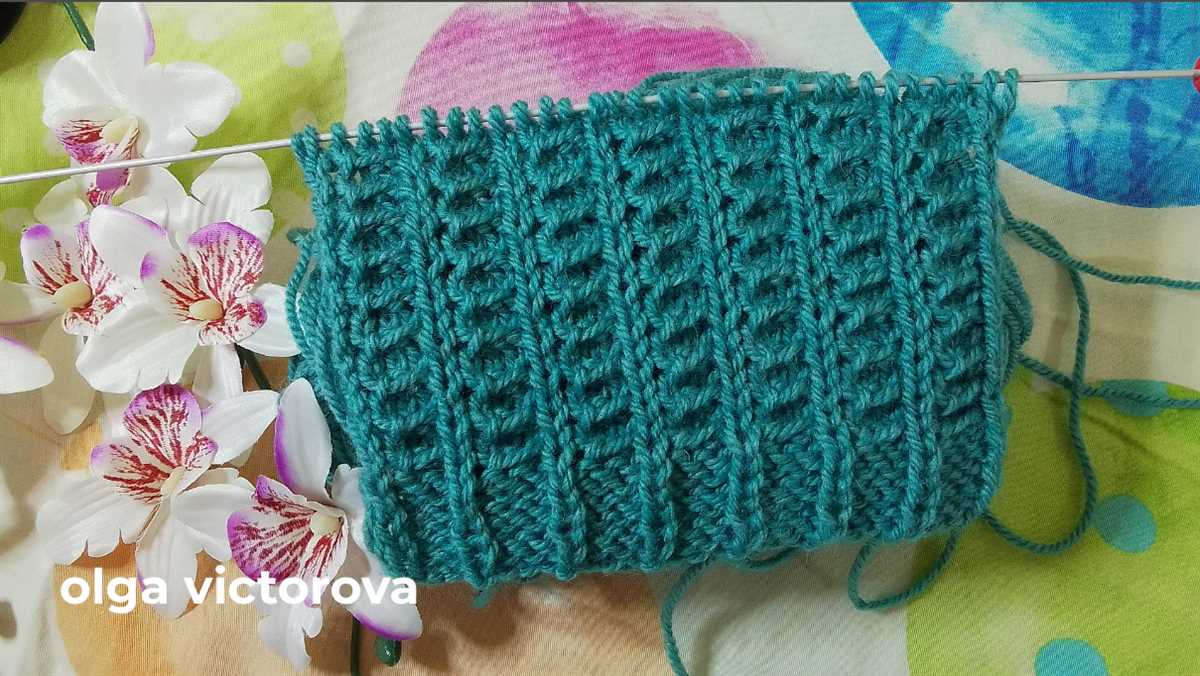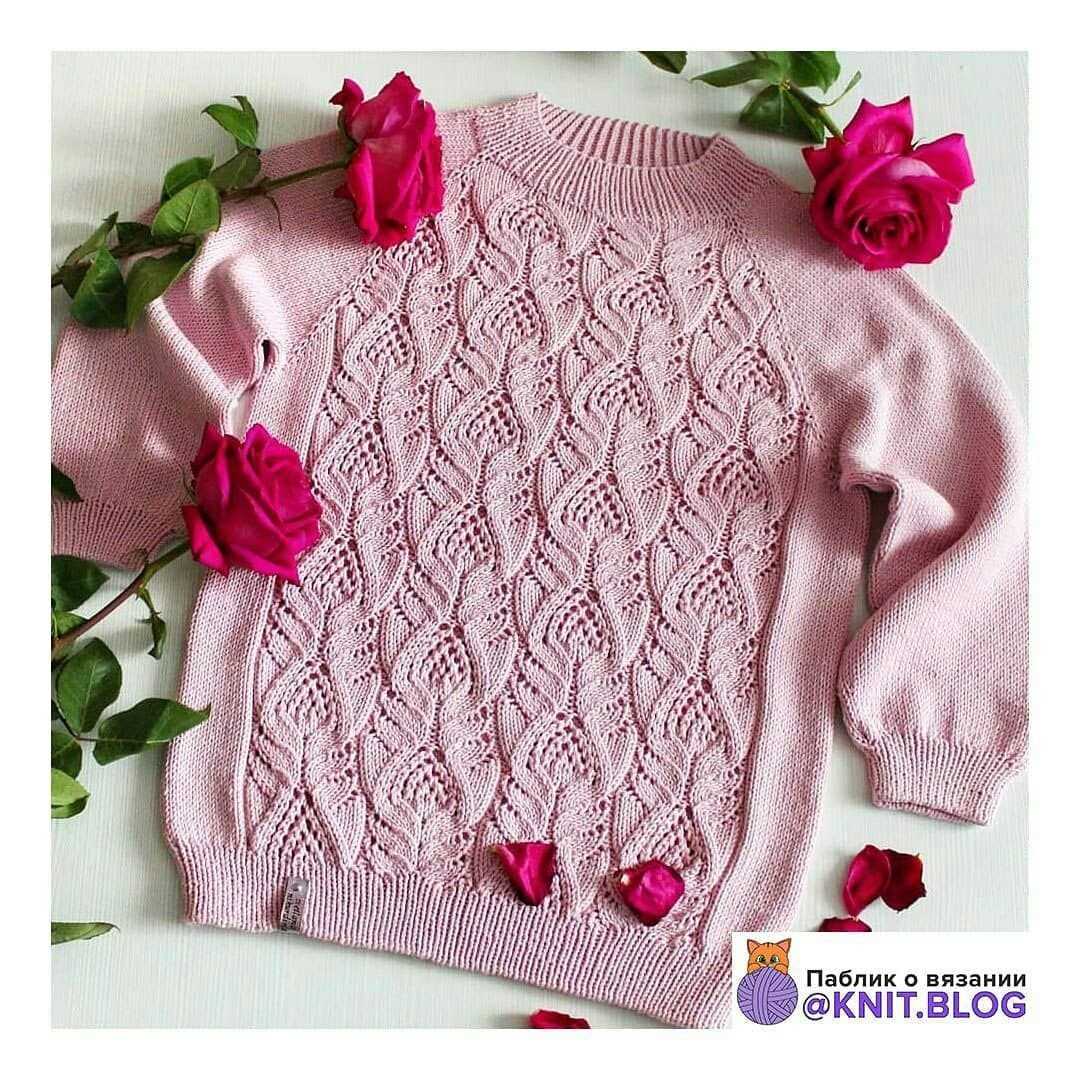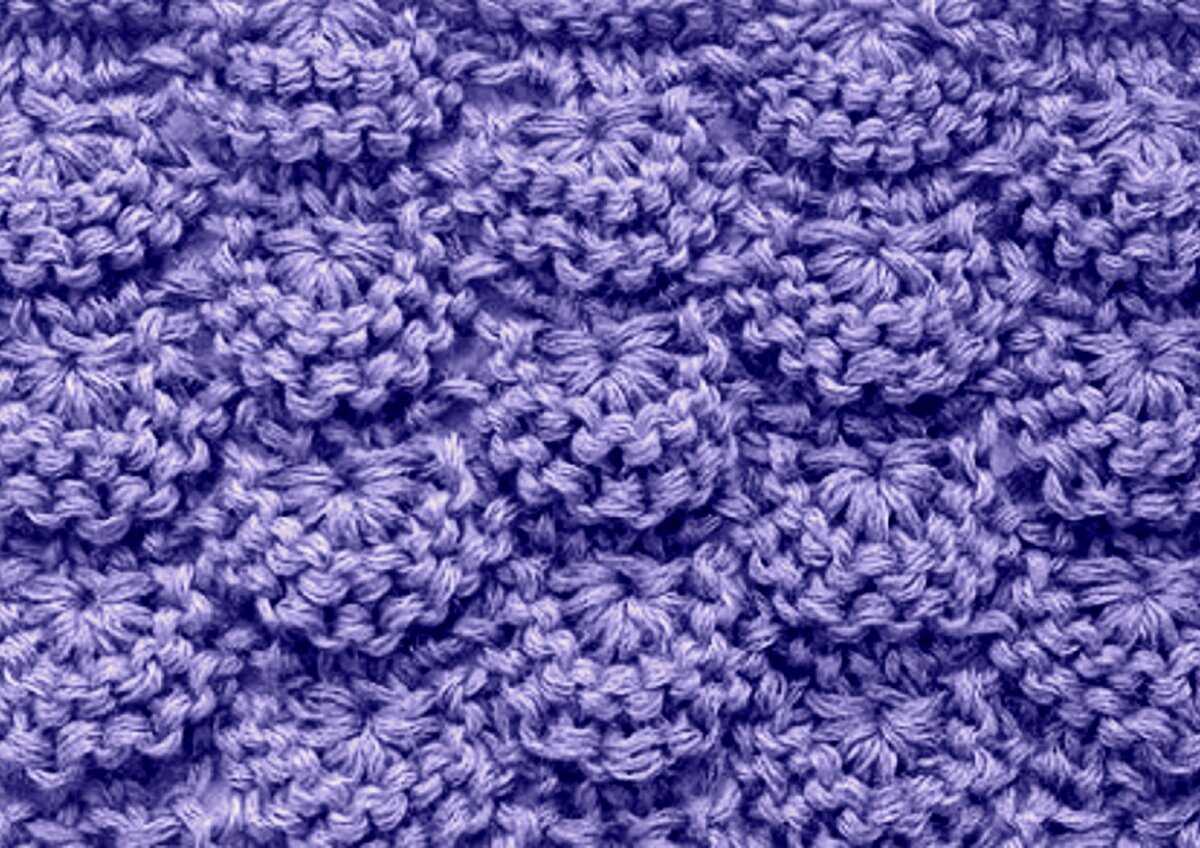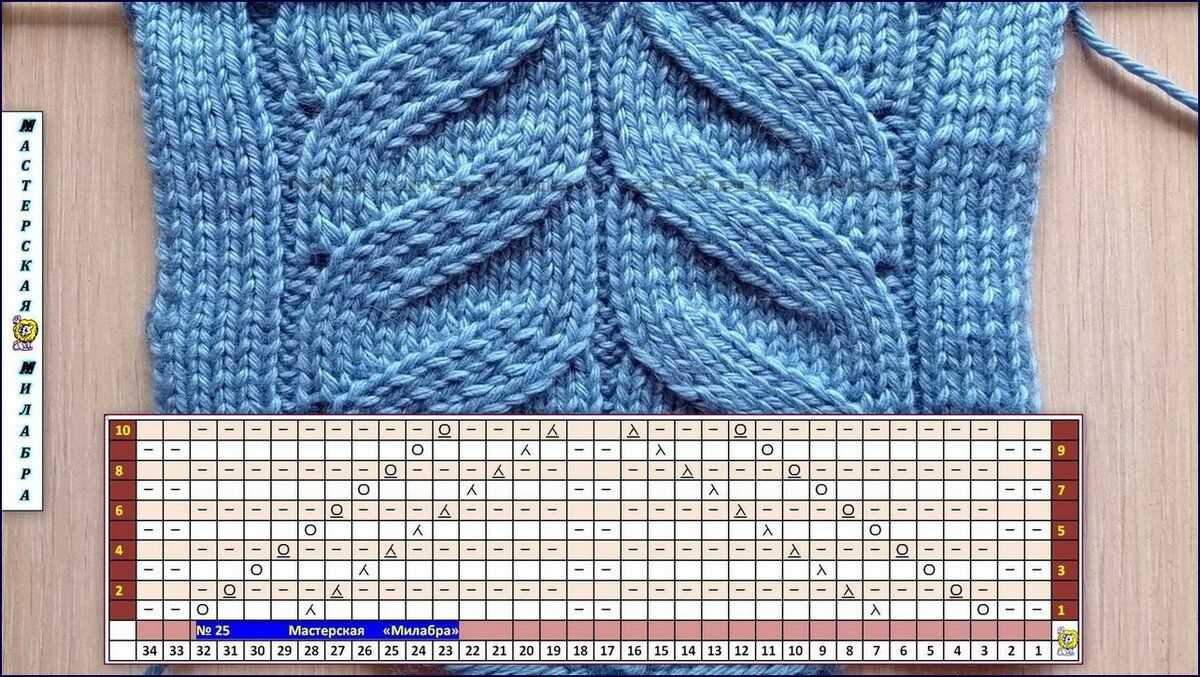
The advancement in natural language processing has brought about many innovative applications, one of which is leveraging artificial intelligence to generate knitting patterns. With the help of ChatGPT, an AI language model, you can now generate unique and personalized knitting patterns to create beautiful garments and accessories.
Knitting has always been a popular hobby and a way to express creativity. However, designing knitting patterns can be time-consuming and challenging. With ChatGPT knitting pattern generator, you can now simplify the process and create custom patterns tailored to your preferences.
How does ChatGPT knitting pattern generator work?

ChatGPT knitting pattern generator utilizes the power of AI to generate knitting patterns based on your inputs. By providing the model with specific instructions, such as the type of item, stitch pattern, size, and yarn weight, you can generate a unique pattern that suits your requirements.
First, you need to define the type of item you want to knit, whether it’s a sweater, hat, scarf, or socks. Then, specify the stitch pattern you prefer, such as ribbing, cables, lace, or fair isle. Additionally, you can input the desired size and yarn weight to ensure the pattern is suitable for your intended project.
Example knitting pattern generation:

- Input: Type of item: Sweater
Stitch pattern: Cables
Size: Medium
Yarn weight: Worsted
- Output:
Materials:
- Worsted weight yarn (approximately 500g)
- Size 8 knitting needles
- Cable needle
- Stitch markers
- Tapestry needle
Pattern:
Cast on 100 stitches.
Work in rib stitch (K2, P2) for 2 inches.
Begin cable pattern as follows:
Row 1: *Knit 8, cable 6 front* repeat to end of row.
Row 2: Purl all stitches.
Repeat Rows 1-2 for cable pattern until the work measures 20 inches from cast on edge, ending with Row 2.
Continue in stockinette stitch (knit on right side, purl on wrong side) until the work measures 24 inches from cast on edge.
Shape the neck:
Row 1: Knit 40 stitches, place marker, knit 20 stitches, place marker, knit remaining stitches.
Row 2: Purl all stitches.
Continue working in stockinette stitch, decreasing 1 stitch before each marker every other row until 10 stitches remain between markers.
Next row: Knit all stitches.
Bind off all stitches.
Sew in loose ends and block the finished sweater.
By following the generated knitting pattern and using your knitting skills, you can create a unique sweater that matches your desired specifications. The possibilities are endless, and with the assistance of AI, you can unleash your creativity and experiment with different stitch patterns and designs.
It’s important to note that ChatGPT knitting pattern generator serves as a tool for inspiration, and it’s always recommended to read through the generated pattern and make any necessary adjustments based on your expertise and preferences.
Conclusion

In conclusion, using ChatGPT to create unique knitting designs can be a fascinating and innovative approach in the world of knitting. By leveraging the power of artificial intelligence, knitters can now generate new and imaginative patterns that may not have been possible with traditional methods alone.
ChatGPT’s ability to understand and respond in natural language allows for a seamless and intuitive interaction. It makes the process of designing knitting patterns more accessible and enjoyable, enabling both experienced and novice knitters to explore their creativity and produce one-of-a-kind designs.
With ChatGPT, users can easily customize various elements of their knitting patterns such as stitch patterns, color combinations, and garment dimensions. The AI model offers quick suggestions, shares insights, and assists in problem-solving. It can even generate new knitting techniques and stitch patterns based on user preferences.
While ChatGPT is a powerful tool, it is important to keep in mind that it is still an AI model and may not always produce perfect patterns. Therefore, knitters should use their judgment and expertise to adapt and modify the generated designs to suit their specific needs and preferences.
Overall, the integration of ChatGPT into the knitting community opens up a world of possibilities for unique and personalized knitting designs. It inspires creativity, improves design efficiency, and bridges the gap between traditional knitting techniques and modern technology. With continued advancements in AI and machine learning, we can expect even more exciting developments in the field of knitting design.
Q&A:
What is ChatGPT knitting pattern?
ChatGPT knitting pattern is a pre-trained language model that can generate knitting patterns based on user input. It uses deep learning techniques to analyze and understand patterns provided by users, and then generates new knitting patterns using that information.
How does ChatGPT generate knitting patterns?
ChatGPT generates knitting patterns by analyzing patterns provided by users and learning from them. It uses its understanding of the structure, style, and techniques of knitting patterns to generate new patterns that fit the user’s specifications.
Can ChatGPT generate knitting patterns for different types of projects?
Yes, ChatGPT can generate knitting patterns for various types of projects, such as scarves, hats, sweaters, and blankets. Users can specify the type of project they want, along with other details like size, stitch patterns, and yarn weight, and ChatGPT will generate a pattern accordingly.
Can ChatGPT help with knitting techniques and instructions?
Yes, ChatGPT can provide assistance with knitting techniques and instructions. Users can ask specific questions about knitting techniques or request step-by-step instructions for a particular stitch or pattern, and ChatGPT will provide guidance and explanations.
Is ChatGPT knitting pattern generator suitable for beginners?
While ChatGPT can be helpful for beginners, it is important to note that it is an AI model and may not always provide perfect or foolproof instructions. It is always a good idea for beginners to consult additional resources, such as knitting books or video tutorials, to supplement the information provided by ChatGPT.